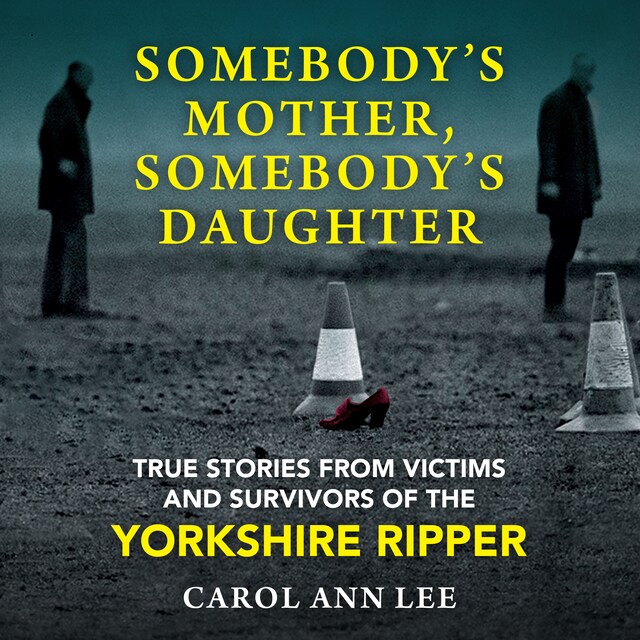
Somebody's Mother, Somebody's Daughter
Tietoa kirjasta
Much has been written about the brutal crimes of Peter Sutcliffe, the Yorkshire Ripper, and - thirty-five years after he was sentenced to life imprisonment for the murder of thirteen women - scarcely a week goes by without some mention of him in the media.
In any story featuring Sutcliffe, however, his victims are incidental, often reduced to a tableau of nameless faces. But each woman was much more than the manner of her death, and in Somebody's Mother, Somebody's Daughter, Carol Ann Lee tells, for the first time, the stories of those women who came into Sutcliffe's murderous orbit, restoring their individuality to them and giving a voice to their families, including the twenty-three children whom he left motherless.
Based on previously unpublished material and fresh, first-hand interviews the book examines the Yorkshire Ripper story from a new perspective: focusing on the women and putting the reader in a similar position to those who lived through that time. The killer, although we know his identity, remains a shadowy figure throughout, present only as the perpetrator of the attacks.
By talking to survivors and their families, and to the families of the murdered women, Carol Ann Lee gets to the core truths of their lives and experiences, not only at the hands of Sutcliffe but also with the Yorkshire Police and their crass and ham-fisted handling of the case, where the women were put into two categories: prostitutes and non-prostitutes. In this book they are, simply, women, and all have moving backstories.
The grim reality is that not enough has changed within society to make the angle this book takes on the Yorkshire Ripper case a purely historical one. Recent news stories have shown that women and girls who come forward to report serious crimes of a sexual nature are often judged as harshly - and often more so - than the men who have wronged them. The Rochdale sex abuse scandal, the allegations against Harvey Weinstein, and the US President's deplorable comments about women are vivid reminders that those in positions of power regard women as second class citizens. At the same time, the discussions arising from these recent stories, and much of the reporting, show that women are judged today as much on their preferences, habits and appearance as they were at the time of the Yorkshire Ripper attacks. The son of Wilma McCann, Sutcliffe's first known murder victim, told the author, 'We still have a very long way to go' and in that regard he is correct.
Hard-hitting and wholly unique in approach, this timely book sheds new light on a case that still grips the nation.



